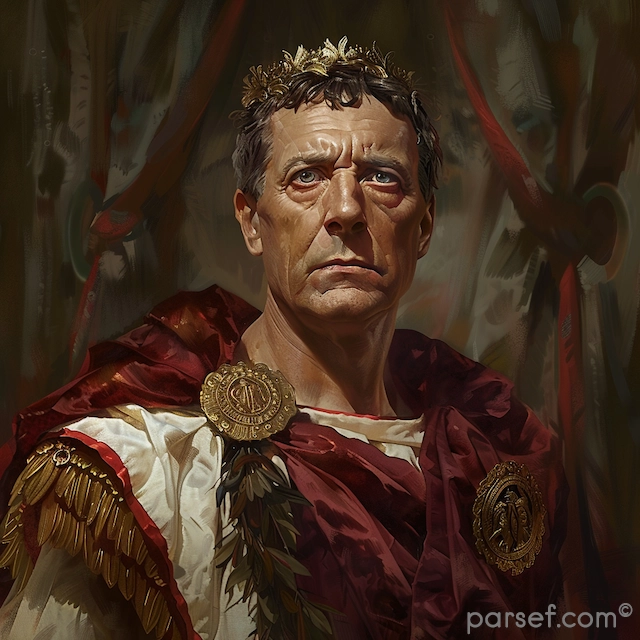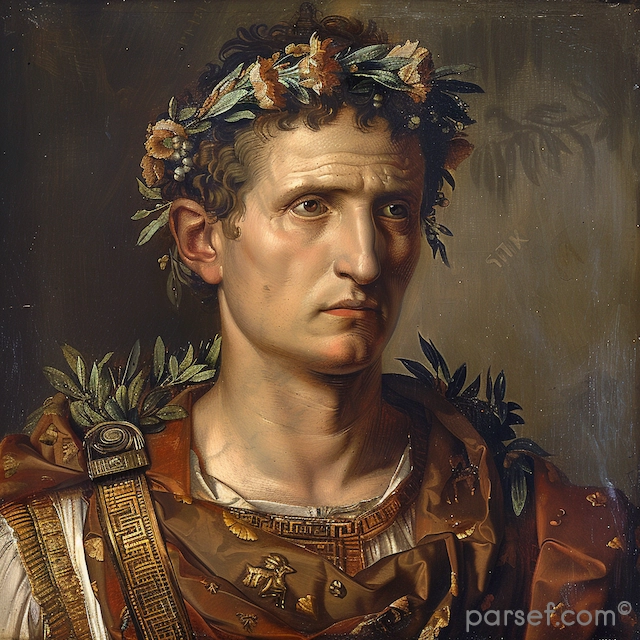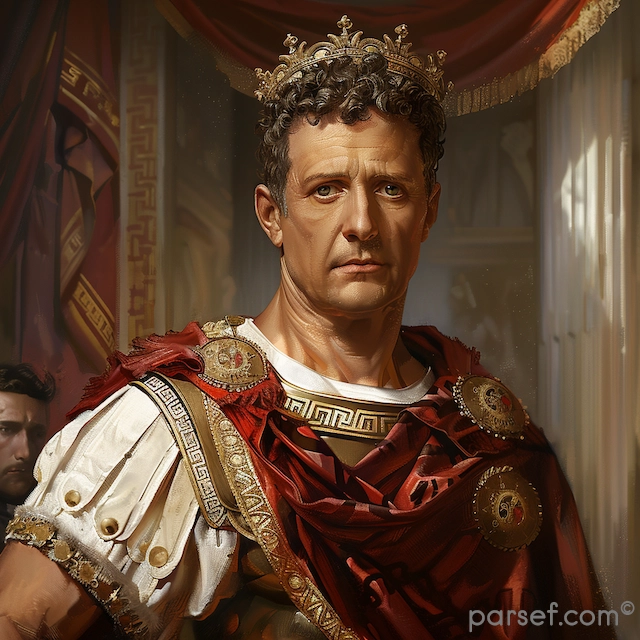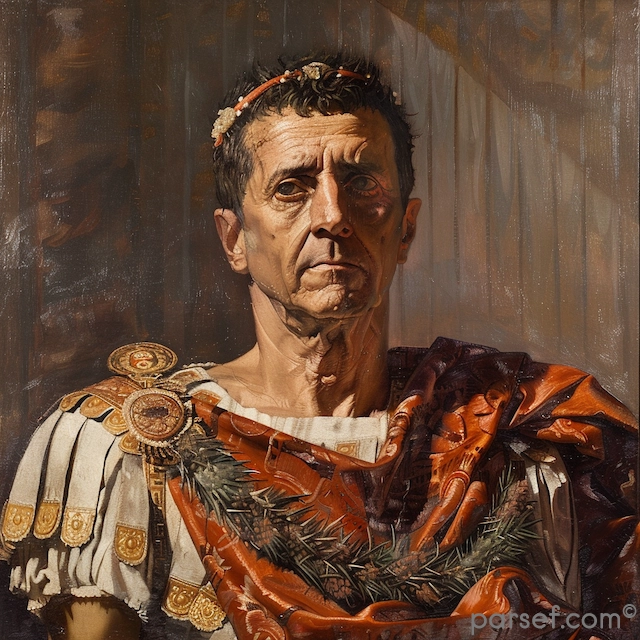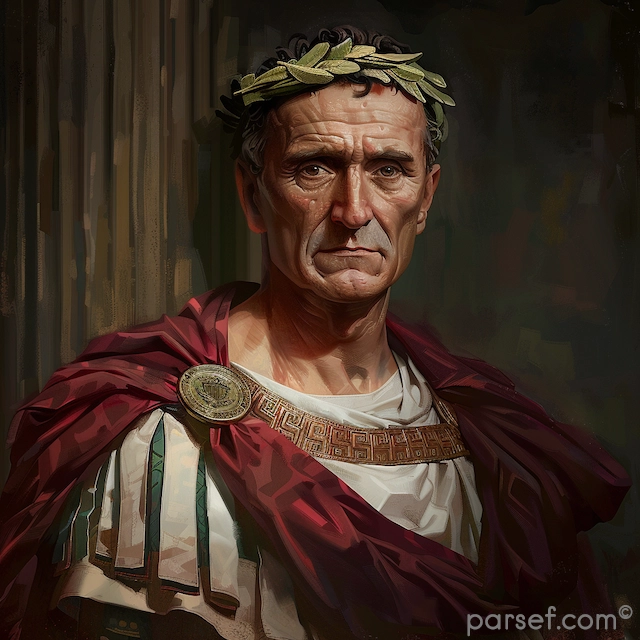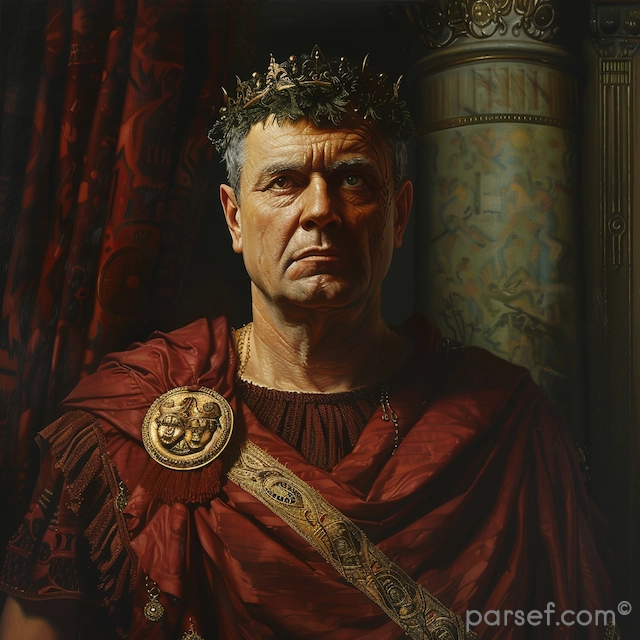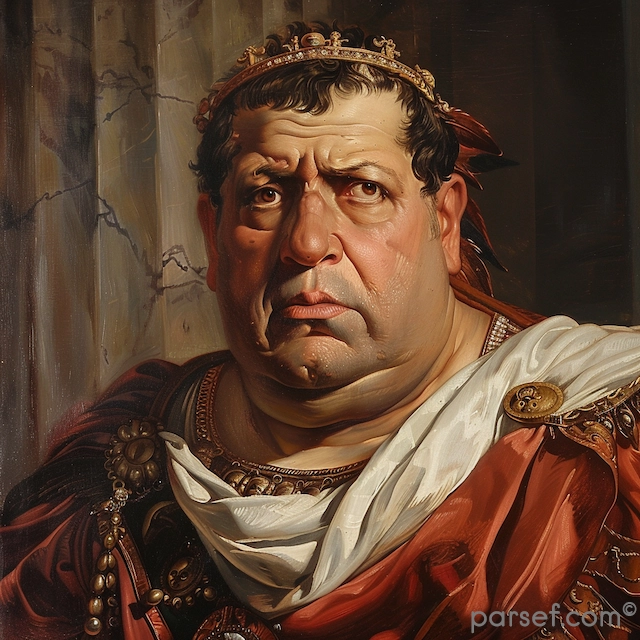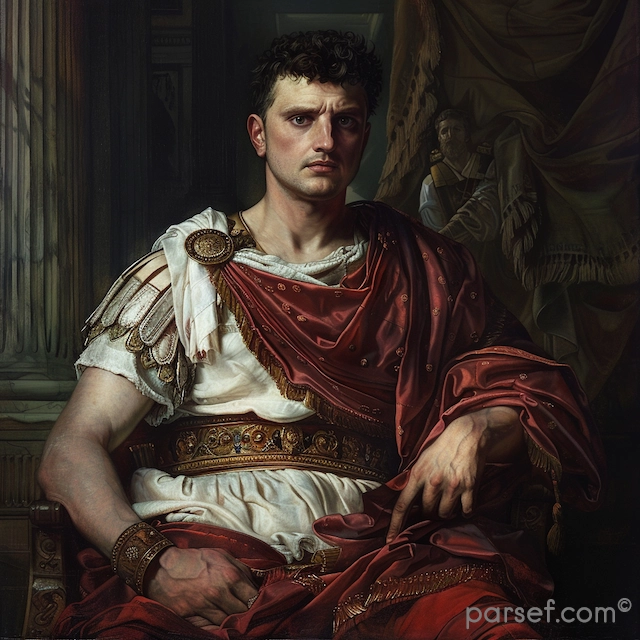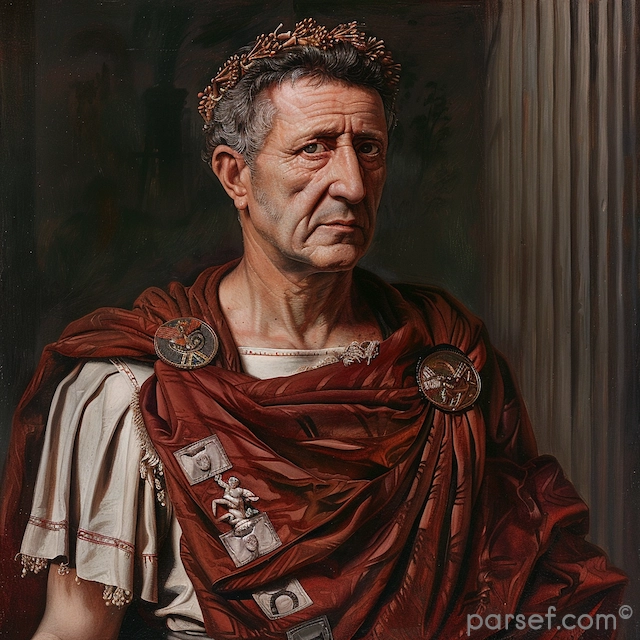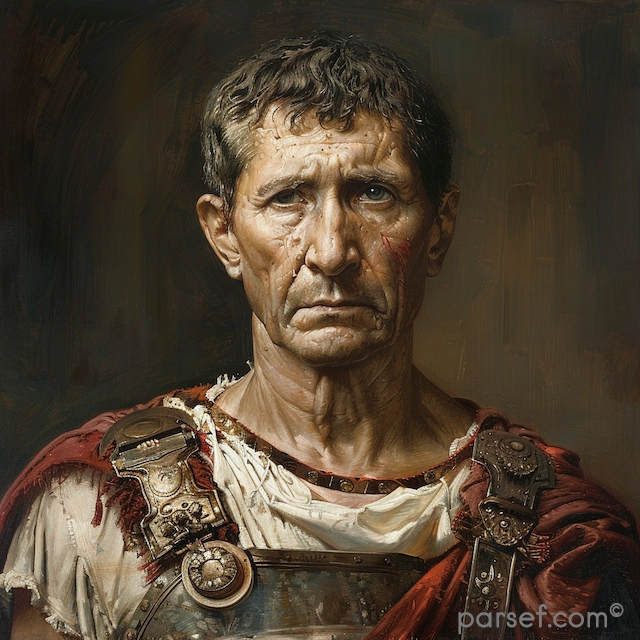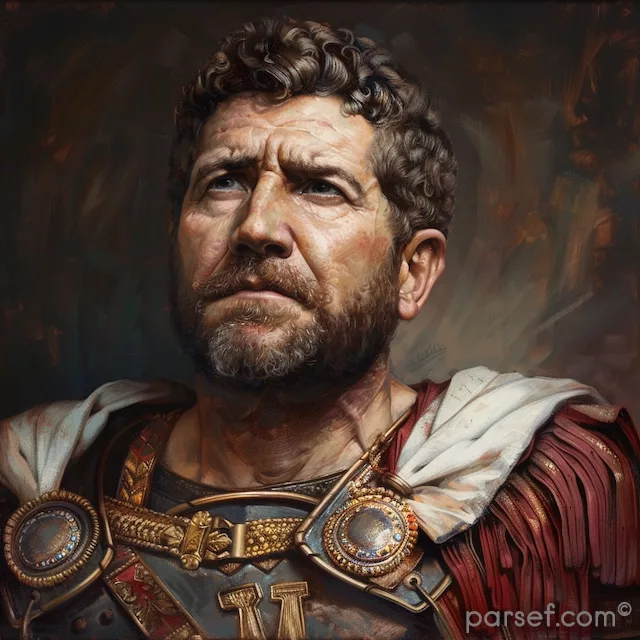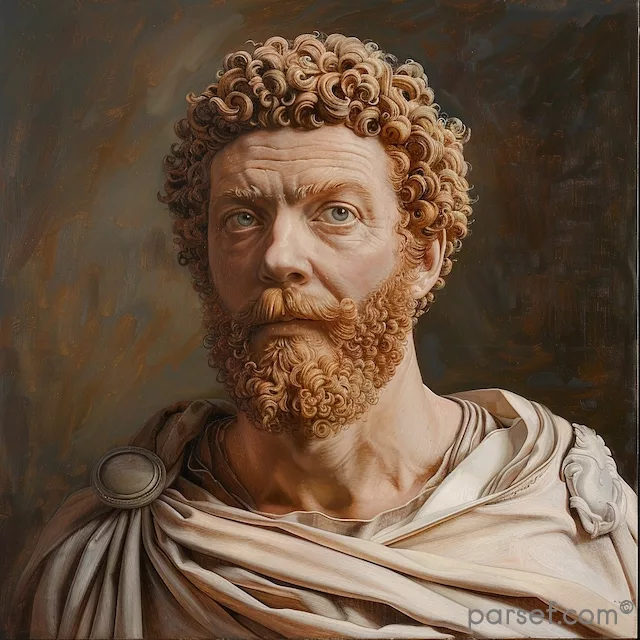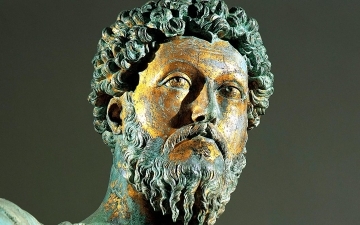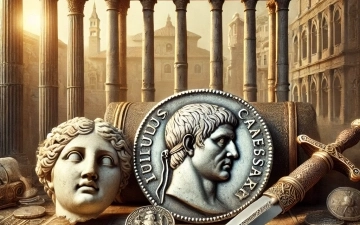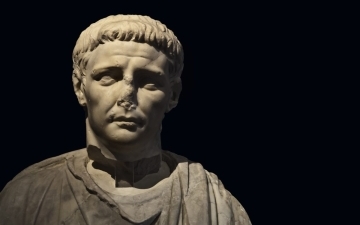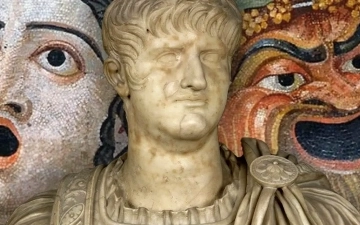Terms & Conditions
Welcome to RomanEmperors.com. Please carefully read the following Terms and Conditions before using our website. By accessing or using our site, you agree to comply with and be bound by these terms. If you do not agree with any part of these terms, please refrain from using our services.
1. Content Disclaimer: RomanEmperors.com provides historical information for educational and informational purposes only. While we strive for accuracy, we cannot guarantee the completeness or accuracy of the content. Users should verify historical information independently for academic or research purposes.
2. Copyright and Usage: All content on this website, including text, images, and multimedia, is protected by copyright laws. Users may not reproduce, distribute, or use any content without written permission from RomanEmperors.com.
3. User Conduct: Users must use the website in a responsible and lawful manner. Any misuse, including but not limited to hacking, spreading malware, or engaging in abusive behavior, is strictly prohibited.
4. Privacy Policy: Please review our Privacy Policy to understand how we collect, use, and protect your personal information when using our website.
5. Third-Party Links: RomanEmperors.com may contain links to third-party websites. We do not endorse or take responsibility for the content, privacy practices, or accuracy of information on these external sites.
6. Modifications to Terms: RomanEmperors.com reserves the right to modify or update these Terms and Conditions at any time without prior notice. Continued use of our website following changes constitutes acceptance of the modified terms.
7. Disclaimer of Liability: RomanEmperors.com is not liable for any direct or indirect damages resulting from the use of our website. Users access the site at their own risk.
8. Governing Law: These Terms and Conditions are governed by and construed in accordance with the laws of the US, and any disputes will be subject to the exclusive jurisdiction of the courts in the US.
By using RomanEmperors.com, you agree to abide by these Terms and Conditions. If you have any questions or concerns, please contact us at info@bible-history.com. Thank you for visiting our website and for your understanding of these terms.
Related Posts
Marcus Aurelius: Philosophy and Leadership in the Midst of Turmoil
In the annals of Roman history, the name Marcus Aurelius stands as a symbol of wisdom, Stoic philosophy, and leadership during times of great adversity. His reign as Emperor from 161 to 180 CE coincided with challenging periods for the Roman Empire, including external threats and internal strife. In this...
Read MoreA Journey Through Time: Mapping Ancient Rome and Jerusalem
For centuries, Rome and Jerusalem have captivated historians and travelers alike. These two powerful cities, though geographically distant, were intertwined throughout much of their ancient history. But how close were they? Let's explore maps depicting these ancient cities and their respective empires. The Mediterranean World: A Roman Sea During the height of...
Read MoreDomitian: The Last of the Flavian Emperors and His Reign of Terror
In the annals of Roman history, the reign of Domitian, the youngest son of Vespasian and the last of the Flavian emperors, is often remembered as a time of tyranny, repression, and political intrigue. Domitian's rule, which lasted from 81 to 96 CE, stands in stark contrast to the relative...
Read MoreUnearthing History: Julius Caesar’s Artifacts and Their Significance
Julius Caesar, one of the most renowned figures of Roman history, left an indelible mark on the ancient world. His military conquests, political reforms, and dramatic death have made him a central figure in historical and archaeological studies. Although Caesar lived over two millennia ago, numerous artifacts associated with his...
Read MoreClaudius: The Unexpected Emperor and His Surprising Achievements
In the annals of Roman history, the name Claudius stands out as a remarkable story of an unexpected emperor who defied the odds and left behind a legacy of significant achievements. Often underestimated due to physical disabilities, Claudius rose to power and proved to be a capable and innovative ruler....
Read MoreNero: The Notorious Emperor Who Fiddled While Rome Burned
The name Nero is synonymous with tyranny, extravagance, and the infamous image of an emperor who, according to legend, played the fiddle while Rome was engulfed in flames. Nero's reign is a dark chapter in the history of the Roman Empire, marked by cruelty, decadence, and the disastrous Great Fire...
Read More